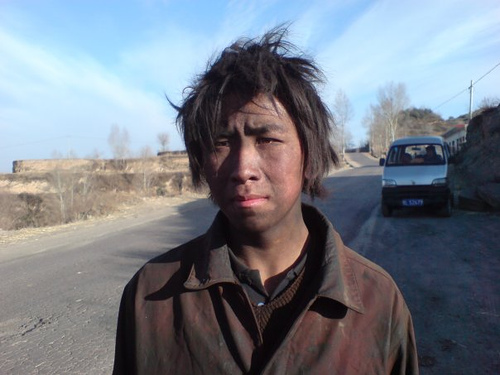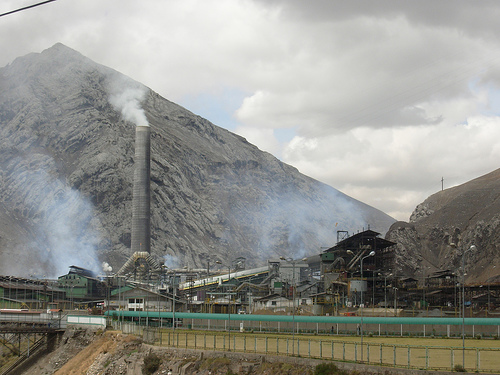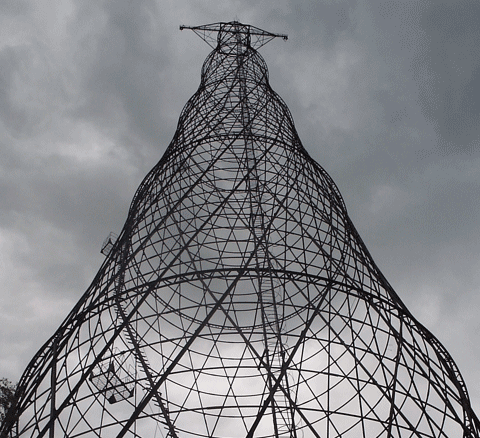Some places in the world are just like heaven, some are just like hell; almost literally. Human activity can sometimes have devastating effects not on just the environment, but on the population too. Here’s a list of five of the most polluted cities in the world, in no specific order.
Linfen, China
- Potentially Affected People: 3,000,000
- Source of Pollution: Automobile and industrial emissions
The Shanxi Province in which Linfen is situated plays the most important role in China’s huge and ever growing coal industry. providing about two thirds of the nation’s energy. Inhabitants claim they literally choke with coal dust in the evenings. The extremely high quantities of pollution are taking a serious toll on the health of Linfen’s inhabitants, especially the children. Probably the only good thing is the fact that Linfen plans to shut down 160 of 196 of its iron foundries and 57 of 153 of its coal producing plants and replace them with cleaner more efficient plants.
La Oroya, Peru
Photo by samorales34
- Potentially Affected People: 35,000
- Source of Pollution: Heavy metal mining and processing
The problem with this mining city is easy to guess… People have been exposed to lead, copper, zinc, and sulfur dioxide for almost a century now. Ninety-nine percent of children living in and around La Oroya have way more lead in their blood than acceptable. Sulfur dioxide concentrations also exceed the World Health Organization guidelines by a factor of ten and the vegetation has been destroyed by sulfuric acid rain.
Photo by Lvovsky
- Potentially Affected People: 134,000
- Source of Pollution: Major nickel and related metals mining and processing
Initially founded as a slave labor camp, this Siberian industrial city is the northernmost major city of Russia and the second largest city (after Murmansk) above the Arctic Circle. Here the snow is black, the air tastes like sulfur and the night landscape seems taken from one of Tolkien’s novels. The local population is severely affected by the air quality where air samples exceed the maximum allowable concentrations for both copper and nickel. It also houses the world’s largest heavy metals smelting complex.
Photo from wikipedia
- Potentially Affected People: 300,000
- Source of Pollution: Cold War-era chemical weapons manufacturing
As weird as it may seem, Norilsk is probably not the most polluted city in Russia. Until the end of the Cold War, Dzerzhinsk was among Russia’s principal production sites of chemical weapons. Even today, it’s one of the most important chemical manufacture places in Russia. The city was also home to a leaded gasoline factory. About a quarter of the people there work in chemical factories. For men, the life expectancy there is 42, and for women 47.
Chernobyl, Ukraine
- Potentially Affected People: Initially 5.5 million, now disputed numbers.
- Source of Pollution: Meltdown of reactor core in 1986
Pictures are too shocking and words can’t express how much damage the meldown of that reactor core has caused. Undoubtedly the most polluted city in the world, cause a significant number of deaths and millions of mutations and problems for people even in the surroundings. Even today, twenty years later, the 19-mile exclusion zone around the plant remains uninhabitable due to the meltdown that was more than 100 times more powerful than the bombs at Hiroshima and Nagasaki. Some estimate that more than 100 tons of uranium and other radioactive products, such as plutonium, could be released if there is another accident. Chernobyl is also thought to contain some 2,000 tons of combustible materials.













